Are you dreaming of embarking on an epic backpacking trip through Europe? Well, you’re in luck! Backpacking through Europe is not only an incredible adventure but also an affordable way to explore the diverse cultures, stunning landscapes, and historic cities of this beautiful continent. Whether you’re a seasoned traveler or a first-timer, this comprehensive guide will provide you with all the information you need to plan the best backpacking trip through Europe.
Why Backpacking Through Europe is a Great Way to Travel on a Budget

Backpacking through Europe has long been a favorite among budget-conscious travelers for a good reason. It offers a unique opportunity to explore multiple countries, experience different cultures, and create unforgettable memories, all while keeping your expenses in check. With a well-planned itinerary and some insider tips, backpacking in Europe can be surprisingly affordable.
One of the biggest advantages of backpacking in Europe is the ease of travel between countries. Thanks to the well-connected transportation network, including budget airlines, trains, and buses, exploring multiple European countries has never been more convenient. This allows you to visit a diverse range of destinations without breaking the bank on expensive flights.
In addition, Europe offers a wide range of budget-friendly accommodation options, from hostels and guesthouses to Couchsurfing and house-sitting. These options not only provide an affordable great place to stay but also offer opportunities to connect with fellow travelers and locals, making your journey even more enriching.
Furthermore, Europe is known for its rich history and cultural heritage, which means there are countless free or low-cost attractions and activities to enjoy. From exploring ancient ruins to wandering through vibrant markets, there is no shortage of budget-friendly experiences to make your trip unforgettable.
So, if you’re looking for an adventure that combines affordability, cultural immersion, and breathtaking landscapes, backpacking through Europe is the perfect choice.
Planning Your Backpacking Trip to Europe
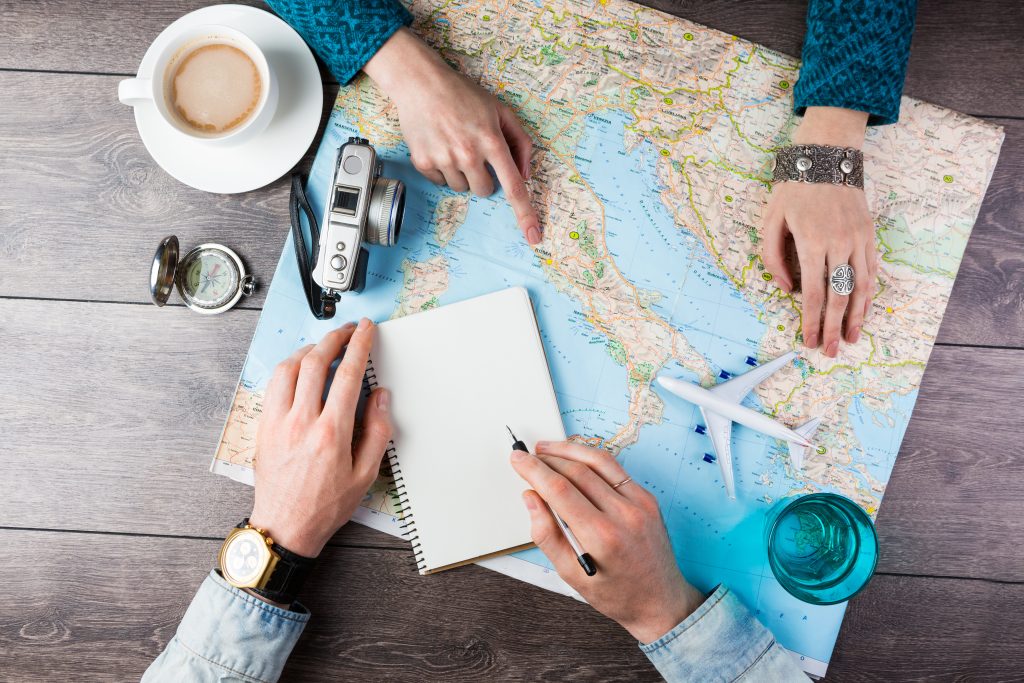
Planning is key when it comes to a successful backpacking trip to Europe. By taking the time to research and prepare, you can ensure that your journey is smooth, enjoyable, and within your budget. Here are some essential steps to consider before setting off on your European adventure.
Researching Visas and Travel Requirements
Before you start planning your itinerary, it’s crucial to understand the visa requirements for the countries you plan to visit. As an American traveler, you can typically stay in the Schengen area (most of Western Europe) for up to 90 days within a 180-day period. However, each country has its own specific visa rules, so be sure to check the requirements for the countries on your list.
To avoid any visa-related issues, make sure you have a valid passport with at least six months of validity remaining. Additionally, it’s a good idea to make copies of your passport and other important documents, such as travel insurance information, and keep them in a separate location in case of loss or theft.
Downloading Essential Travel Apps
In today’s digital age, travel apps can be invaluable tools for backpackers. Before you embark on your European journey, make sure to download some essential travel apps to make your life easier on the road.
Google Translate is a must-have app for overcoming language barriers. It allows you to translate written or spoken phrases in real-time, making communication with locals much simpler. Downloading language packs in advance can be particularly helpful when you don’t have access to Wi-Fi.
Currency Converter is another essential app that helps you quickly and accurately convert currencies. This is especially useful when you’re dealing with multiple currencies during your trip.
HostelWorld and Couchsurfing are two popular apps for finding affordable accommodation options. HostelWorld provides a comprehensive database of hostels with reviews, ratings, and prices, while Couchsurfing connects travelers with locals who offer free accommodation.
Blablacar and FlixBus are excellent apps for finding cheap transportation options. Blablacar allows you to share rides with locals for a fraction of the cost of traditional transportation, while FlixBus offers budget-friendly bus travel throughout Europe.
By having these apps downloaded and ready to use, you’ll have all the tools you need to navigate Europe with ease.
Choosing the Best Backpack for Your European Adventure
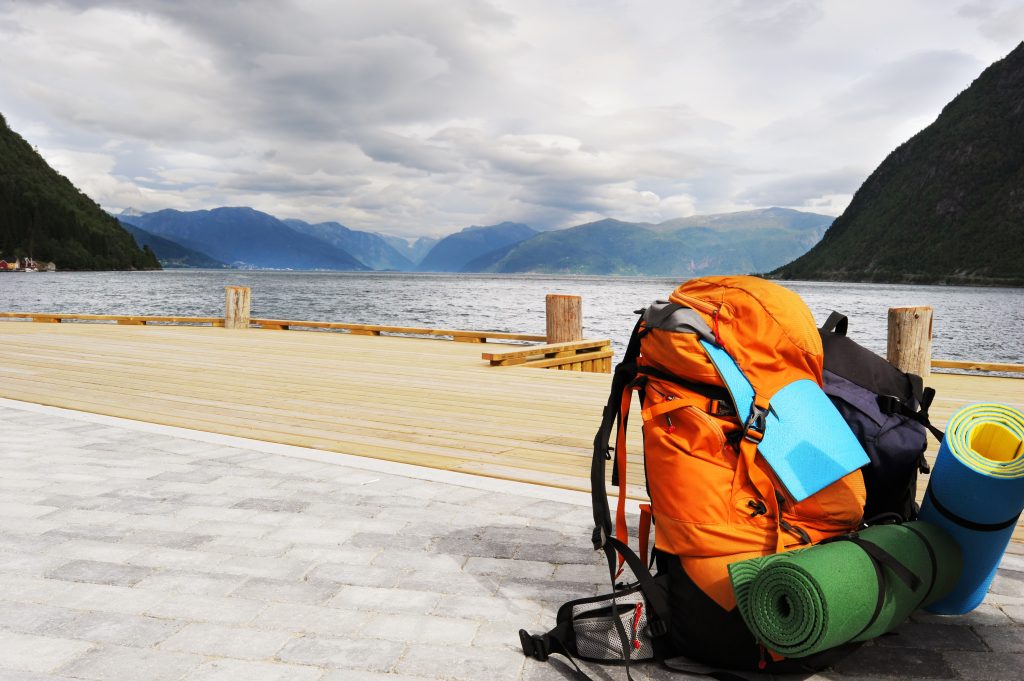
When it comes to backpacking, your choice of backpack is crucial. It will be your faithful companion throughout your European adventure, carrying everything you need on your back. Here are some factors to consider when choosing the best backpack for your trip.
Size and Capacity
The size and capacity of your backpack will depend on the duration of your trip and the amount of gear you plan to carry. For shorter trips or minimalist travelers, a smaller backpack with a capacity of 40-50 liters may be sufficient. However, if you’re embarking on a longer journey or prefer to have more gear and clothing options, a larger backpack in the range of 60-70 liters may be more suitable.
Comfort and Fit
Comfort is paramount when it comes to backpacking, as you’ll be carrying your pack for extended periods. Look for backpacks with adjustable shoulder straps, a padded hip belt, and a supportive back panel. It’s worth trying on different backpacks to find one that fits your body shape and provides the necessary support.
Durability and Quality
Your backpack will endure a lot of wear and tear during your trip, so it’s essential to invest in a high-quality, durable backpack. Look for features such as reinforced stitching, sturdy zippers, and water-resistant materials. It’s also worth considering backpacks with a detachable daypack, as this can be convenient for day trips or short excursions.
Accessibility and Organization
Easy access to your belongings is crucial when you’re constantly on the move. Look for backpacks with multiple compartments, external pockets, and a front-loading design, as these features make it easier to organize and retrieve your gear. Additionally, backpacks with lockable zippers can provide added security for your valuables.
Remember, finding the perfect backpack is a personal choice, and what works for one person may not work for another. Take the time to try on different backpacks, read reviews, and consider your own travel needs to find the best backpack for your European adventure.
Read this for the Best Backpacking Backpack for Heavy Loads
Packing Essentials for Backpacking in Europe
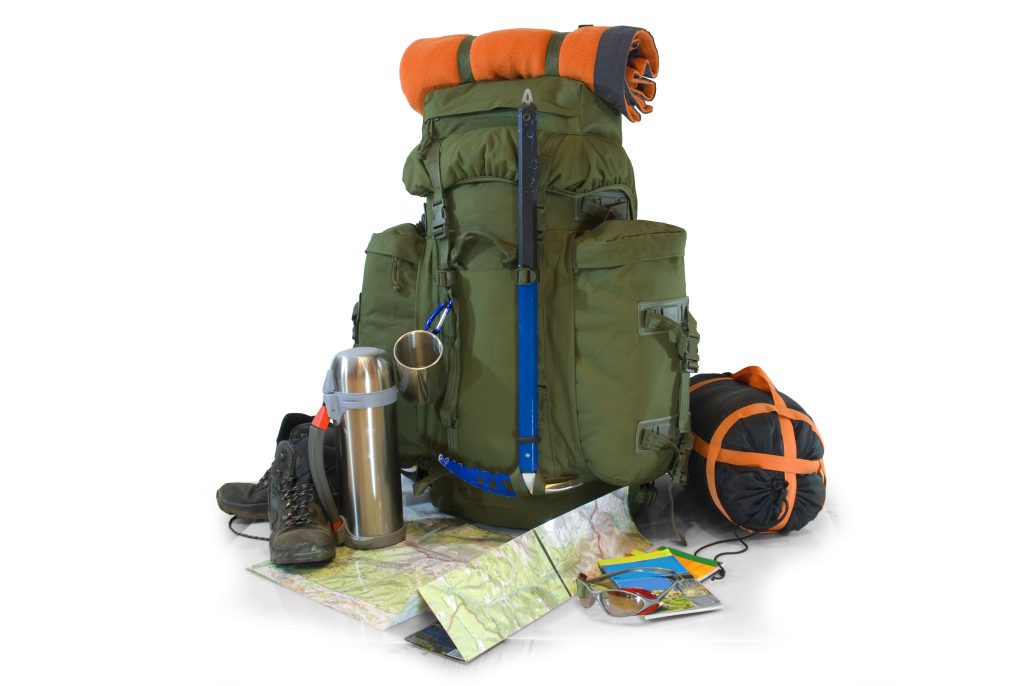
When it comes to packing for your backpacking trip through Europe, it’s essential to strike a balance between packing light and ensuring you have everything you need. Here are some packing essentials to consider:
Clothing and Footwear
Packing versatile clothing that can be layered is key to adapting to changing weather conditions and different activities. Opt for lightweight, quick-drying fabrics that are suitable for both warm and cool climates. Here are some essential clothing items to consider:
- Tops: Pack a mix of short-sleeve and long-sleeve shirts, including a few lightweight sweaters or fleeces for cooler evenings.
- Bottoms: Bring a combination of pants, shorts, and skirts that can be easily mixed and matched. Consider including a pair of lightweight and quick-drying travel pants.
- Underwear and socks: Pack enough underwear and socks to last for a few days, and consider investing in moisture-wicking and odor-resistant fabrics.
- Outerwear: Bring a lightweight, waterproof jacket or raincoat to protect you from unexpected showers. A warm, packable down jacket is also a great addition for colder climates.
In terms of footwear, choose comfortable walking shoes or sneakers that provide good support for long days of exploring. If you plan on doing any hiking, consider packing a pair of lightweight hiking boots or trail shoes. Don’t forget to bring a pair of sandals or flip-flops for relaxing and showering in hostels.
Travel Accessories
In addition to clothing, there are several travel accessories that are essential for a smooth backpacking trip through Europe. Here are some items to consider:
- Money belt or travel wallet: Keep your passport, credit cards, and cash secure with a money belt or travel wallet that can be worn discreetly under your clothing.
- Travel adapter: Europe uses different plug types, so make sure to bring a universal travel adapter to charge your electronic devices.
- Portable charger: Keep your phone and other devices powered up on the go with a portable charger. Look for one with multiple USB ports and sufficient capacity to charge your devices multiple times.
- Travel towel: Pack a quick-drying, lightweight travel towel that takes up minimal space in your backpack.
- Travel-sized toiletries: Opt for travel-sized toiletries to save space and comply with airline regulations. Remember to pack essentials such as toothpaste, shampoo, soap, and sunscreen.
- First aid kit: Carry a basic first aid kit with essentials like band-aids, pain relievers, and any necessary prescription medications.
- Travel lock: Ensure the security of your belongings by bringing a small travel lock to lock up your backpack when necessary.
Must-Have Toiletries
When it comes to toiletries, it’s best to pack travel-sized items to save space and comply with airline regulations. Here are some essential toiletries to consider:
- Toothbrush and toothpaste
- Shampoo and conditioner
- Body wash or soap
- Deodorant
- Razor and shaving cream
- Moisturizer
- Sunscreen
- Lip balm with SPF
- Feminine hygiene products (if applicable)
- Prescription medications
Remember, many hostels and accommodations provide basic toiletries, so you may not need to bring full-sized products. Additionally, you can always purchase items locally if needed.
By packing these essentials and considering the specific needs of your trip, you’ll be well-prepared for your backpacking adventure through Europe.
Finding Affordable Accommodation in Europe
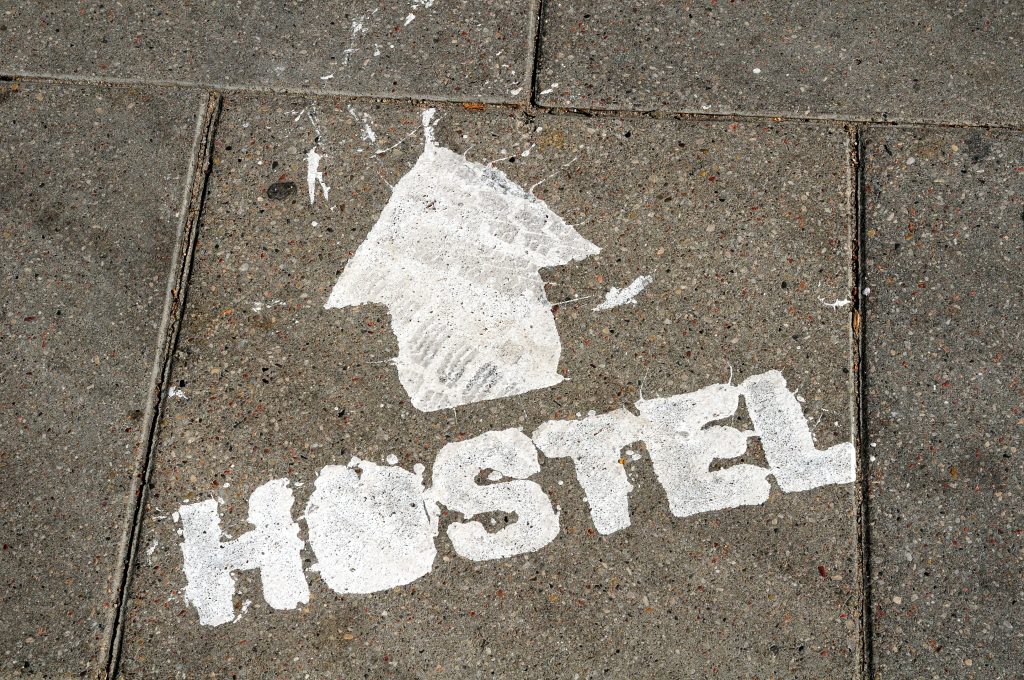
Finding affordable accommodation is a top priority for budget-conscious backpackers. Fortunately, Europe offers a wide range of options that cater to different budgets and preferences. Here are some affordable accommodation options to consider:
Hostels: The Backpacker’s Best Friend
Hostels are a popular choice for backpackers looking for budget-friendly accommodation and a social atmosphere. They offer dormitory-style rooms with shared facilities, such as bathrooms and common areas. Staying in a hostel not only saves you money but also provides an opportunity to meet fellow travelers from around the world.
When choosing a hostel, consider factors such as location, cleanliness, security, and reviews. Many hostels offer private rooms in addition to dorms, providing a more comfortable and private option for couples or those seeking a bit more privacy.
Couchsurfing: Stay with Locals for Free
Couchsurfing is a unique way to experience Europe and connect with locals. It’s a platform that allows travelers to stay with local hosts for free. Couchsurfing not only provides a place to stay but also offers the opportunity to experience the local culture and gain insider tips from your hosts.
To ensure a positive experience, it’s important to read reviews and communicate with potential hosts before your stay. Respect your host’s rules and guidelines, and be sure to thank them for their hospitality with a small gift or gesture of appreciation.
Alternative Accommodation Options
In addition to hostels and Couchsurfing, there are several alternative accommodation options that can be both unique and budget-friendly. Here are a few options to consider:
- Airbnb: Renting a private room or apartment through Airbnb can be a cost-effective option, especially for couples or small groups. It allows you to have more privacy and the convenience of self-catering facilities.
- Guesthouses and B&Bs: In some European countries, guesthouses and bed and breakfasts offer affordable accommodation options with a more personal touch.
- Campgrounds: If you enjoy camping, Europe has numerous campgrounds that offer affordable tent or camper van pitches. This can be a great way to enjoy the outdoors and save money on accommodation.
- Work Exchanges: Consider participating in work exchange programs, such as WWOOF (World Wide Opportunities on Organic Farms), where you can work a few hours a day in exchange for free accommodation.
When booking accommodation, it’s important to plan ahead, especially during peak travel seasons. This will ensure you have a wider range of options and better prices. Utilize websites and apps such as HostelWorld, Booking.com, and Airbnb to compare prices and read reviews before making your reservation.
By exploring these affordable accommodation options, you can save money without compromising on comfort and convenience.
Getting Around Europe: Transportation Tips
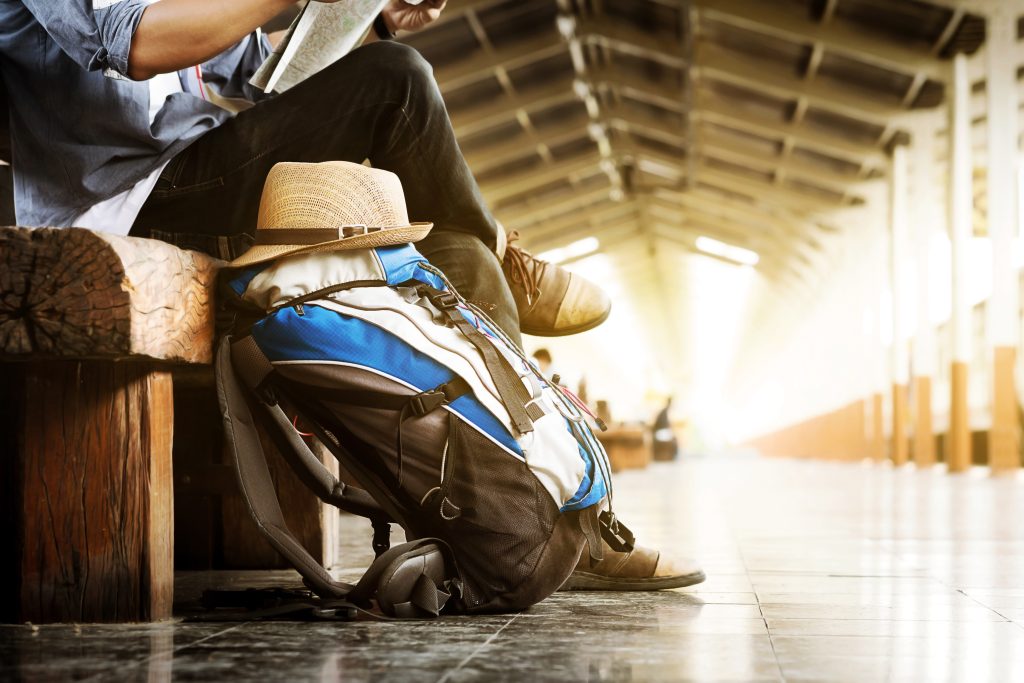
Europe offers a well-developed transportation network that makes it easy to travel between countries and explore different regions. Here are some transportation tips to help you navigate Europe efficiently and affordably.
The Best Transportation Options
When it comes to getting around Europe, you have several transportation options to choose from. The best option for you will depend on factors such as your travel itinerary, budget, and personal preferences. Here are some popular transportation options:
- Trains: Europe has an extensive train network that connects major cities and towns. Train travel is known for its comfort, scenic routes, and convenience. Consider purchasing a Eurail pass if you plan to travel extensively by train.
- Budget Airlines: Low-cost airlines, such as Ryanair and EasyJet, offer affordable flights between major European cities. Be sure to check for any additional fees, such as baggage charges, before booking.
- Buses: Bus travel is a cost-effective option for short to medium-distance journeys within Europe. Companies like FlixBus and Eurolines offer affordable bus services with comfortable seating and onboard amenities.
- Car Rental: Renting a car can be a good option if you prefer the freedom and flexibility of having your own transportation. However, keep in mind that parking and fuel costs can add up, especially in urban areas.
Navigating Public Transportation
Public transportation systems in European cities are generally efficient, reliable, and affordable. Here are some tips for navigating public transportation during your European adventure:
- City Passes and Travel Cards: Many cities offer tourist passes or travel cards that provide unlimited access to public transportation within a specified period. These passes often include additional benefits such as free or discounted entry to attractions.
- Metro and Trams: Most major European cities have metro or tram systems that are easy to navigate. Familiarize yourself with the metro map and ticketing system to make your travels more efficient.
- Buses and Trains: Local buses and regional trains are common modes of transportation in smaller towns and rural areas. Check local schedules and ticketing options to plan your journeys accordingly.
- Walking and Cycling: Europe is known for its pedestrian-friendly cities, making walking an enjoyable and cost-effective way to explore. Many cities also offer bike-sharing programs, allowing you to rent bicycles for short rides.
Remember to validate your tickets when using public transportation and be mindful of any peak travel times or rush hours. It’s also a good idea to download offline maps or use navigation apps to help you navigate unfamiliar cities.
The Eurail Pass: Is It Worth It?
The Eurail pass is a popular option for travelers who plan to visit multiple countries in Europe by train. It offers unlimited train travel within a specified period and can be a convenient and cost-effective option for those who want the flexibility to hop on and off trains.
However, it’s important to consider your specific travel plans and compare the cost of individual train tickets versus the Eurail pass. In some cases, purchasing individual tickets may be more affordable, especially for shorter journeys or if you’re traveling during off-peak periods.
Before purchasing a Eurail pass, research the train fares for your intended routes and calculate the total cost. Consider factors such as reservation fees, which may be required for certain trains, and the availability of discounted tickets for specific routes. This will help you determine whether a Eurail pass is the best option for your trip.
By choosing the most suitable transportation options and making use of public transportation systems, you can travel efficiently and affordably throughout Europe.
Saving Money While Backpacking in Europe

Traveling on a budget doesn’t mean you have to miss out on incredible experiences. With careful planning and smart choices, you can make the most of your backpacking trip through Europe without breaking the bank. Here are some tips for saving money while backpacking in Europe.
Eating on a Budget: Street Food and Grocery Stores
One of the biggest expenses while traveling is often food. Fortunately, Europe offers a variety of budget-friendly dining options. Consider these tips to save money on meals:
- Street Food: Explore local food markets and street stalls for affordable and delicious eats. From crepes in Paris to currywurst in Berlin, street food allows you to sample authentic local cuisine without breaking the bank.
- Picnics and Grocery Stores: Take advantage of Europe’s beautiful parks and public spaces by having picnics. Visit local grocery stores or markets to pick up fresh produce, bread, and other picnic essentials. This is not only a budget-friendly option but also a great way to experience local flavors.
- Lunch Menus and Daily Specials: Many restaurants in Europe offer affordable lunch menus or daily specials, which often include a set menu at a reduced price. Take advantage of these great deals to enjoy a delicious meal at a fraction of the cost.
Budget-Friendly Activities and Attractions
Exploring Europe doesn’t have to be expensive. Many cities offer free or low-cost activities and attractions that provide a unique glimpse into the local culture. Here are some ideas:
- Free Walking Tours: Many European cities offer free walking tours led by knowledgeable local guides. These tours are a fantastic way to discover the city’s history, architecture, and hidden gems while supporting local guides through tips.
- Museums and Galleries: Keep an eye out for free or discounted museum entrance days or times. Many museums offer reduced or free admission on specific days or during certain hours.
- Outdoor Activities: Take advantage of Europe’s stunning natural landscapes by hiking, cycling, or simply enjoying a leisurely stroll. National parks, coastal trails, and scenic viewpoints offer free or low-cost opportunities for outdoor adventures.
- Festivals and Events: Check the local event calendars for festivals, concerts, and cultural events happening during your visit. These often provide unique experiences and entertainment at little to no cost.
Money-Saving Tips and Tricks
Here are some additional money-saving tips to help you stretch your travel budget:
- Use Budget Airlines: Take advantage of budget airlines for long-distance travel within Europe. Be sure to read the fine print and familiarize yourself with any additional fees, such as baggage charges or printing boarding passes.
- Travel Off-Peak: Consider visiting popular destinations during the shoulder seasons or off-peak periods. Not only will you avoid the crowds, but you’ll also find better deals on accommodation and attractions.
- Take Advantage of Student Discounts: If you’re a student, make sure to bring your student ID card as many attractions, museums, and transportation services offer discounted rates for students.
- Cook Your Own Meals: If you have access to a kitchen or kitchenette, consider cooking some of your meals. Shopping at local grocery stores and markets can be a fun and cost-effective way to experience the local cuisine.
- Use Public Transportation: Opt for public transportation instead of taxis or private transfers whenever possible. It’s not only more affordable but also a great way to immerse yourself in the local culture.
By implementing these money-saving strategies, you can make your travel budget go further and enjoy all that Europe has to offer without breaking the bank.
Exploring Europe: Must-See Destinations
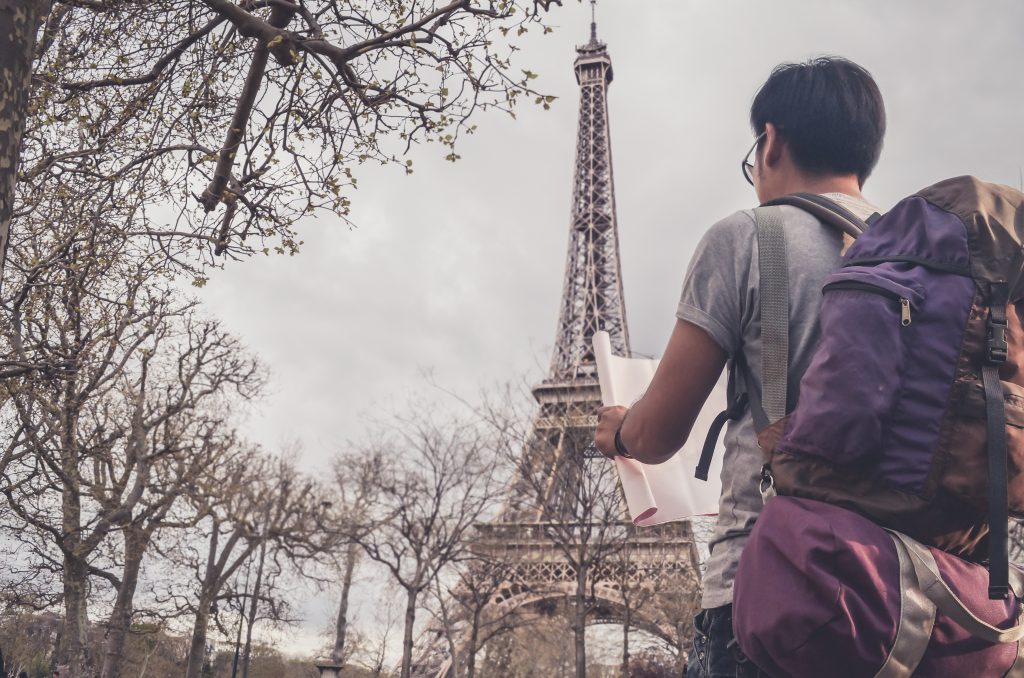
Europe is a treasure trove of stunning destinations, each with its own unique charm and appeal. From historic cities to picturesque landscapes, there is something for every traveler. Here are some must-see destinations in Europe:
Eastern Europe: Hidden Gems and Cultural Delights
Eastern Europe offers a wealth of cultural heritage, stunning architecture, and vibrant cities. Here are some highlights of Eastern Europe:
- Prague, Czech Republic: Known as the “City of a Hundred Spires,” Prague’s stunning architecture and rich history make it a must-visit destination.
- Budapest, Hungary: With its iconic Parliament building and relaxing thermal baths, Budapest offers a unique blend of history and relaxation.
- Krakow, Poland: Explore the beautifully preserved medieval old town and visit Auschwitz-Birkenau, a powerful and moving reminder of World War II.
- Dubrovnik, Croatia: Dubrovnik’s ancient city walls and stunning coastal views have made it a popular filming location for TV shows like Game of Thrones.
Western Europe: Iconic Cities and Stunning Landscapes
Western Europe is home to some of the most iconic cities and breathtaking landscapes in the world. Here are some must-see destinations in Western Europe:
- Paris, France: The “City of Love” is known for its iconic landmarks such as the Eiffel Tower, Louvre Museum, and charming neighborhoods like Montmartre.
- Rome, Italy: Explore the historic ruins of the Colosseum, wander through the Vatican City, and indulge in delicious Italian cuisine.
- Barcelona, Spain: This vibrant city offers stunning architecture, beautiful beaches, and a lively nightlife scene.
- Amsterdam, Netherlands: Discover the picturesque canals, visit world-class museums like the Van Gogh Museum, and experience the unique atmosphere of this bike-friendly city.
These are just a few examples of the many incredible destinations Europe has to offer. Whether you’re interested in history, art, nature, or food, there is something for everyone in Europe.
Staying Safe and Healthy While Backpacking Europe
While Europe is generally a safe destination for travelers, it’s always important to take precautions to ensure your safety and well-being. Here are some tips for staying safe and healthy while backpacking in Europe:
Travel Insurance: Protecting Yourself and Your Belongings
Travel insurance is essential for any trip, including backpacking through Europe. It provides coverage for medical emergencies, trip cancellations, lost luggage, and other unforeseen events. Make sure to choose a policy that covers your specific needs and activities, such as adventure sports or long-term travel.
Health and Safety Tips
- Stay Hydrated: Carry a reusable water bottle and fill it up regularly to stay hydrated, especially during hot summer months.
- Practice Safe Eating and Drinking: Be cautious when trying street food and ensure that food is cooked thoroughly. Drink bottled water or use a water purification system to avoid waterborne illnesses.
- Be Aware of Your Surroundings: Stay vigilant, especially in crowded tourist areas, and keep an eye on your belongings to prevent theft.
- Research Local Laws and Customs: Familiarize yourself with local laws and customs to avoid any unintentional
Conclusion

Backpacking through Europe is an enriching experience that combines adventure with cultural immersion. From securing cheap flights and finding the best travel backpack to mastering the art of packing light and uncovering hidden gems, this guide has equipped you with essential travel tips and insights to navigate the continent like a pro. Embrace the opportunity to explore new places, meet new friends, and indulge in the diverse cultures of both Northern and Southern Europe. Whether it’s your first time or you’re a seasoned traveler, Europe’s blend of history, scenery, and vibrant cities awaits. Remember, the best time to explore this magnificent continent is now, with the right preparation, a good deal on accommodations, and a spirit ready for adventure. So, pack your bags, choose your destinations, and set off on what promises to be an unforgettable backpacking adventure through Europe’s best places, each step filled with discovery and wonder.